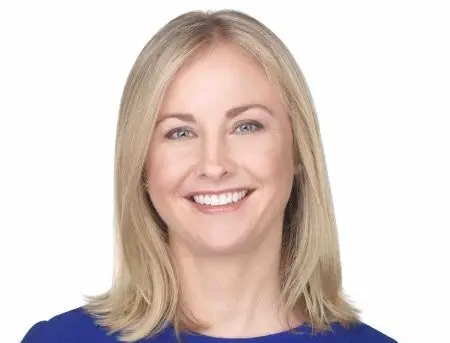ANALYSIS: CME takes dual-track approach to US Treasury clearing
21st July, 2025|Luke Jeffs

CME Group has adopted an interesting position as the US giant prepares for the planned introduction of the US Treasury clearing mandate at the end of next year.
The Chicago-based group launched last January a service with the Depository Trust & Clearing Corporation to cross-margin DTCC’s cash Treasuries, cleared through its Fixed Income Clearing Corporation (FICC), and CME’s US Treasury futures and options.
CME and DTCC followed this by announcing in February 2025 an enhancement to the original agreement to provide these margin savings to end clients by the end of this year.
Separately, CME is working on its own US Treasury clearing service, which has already started testing with clients, meaning CME is set to partner and compete with DTCC at the same time.
The Securities and Exchange Commission’s US Treasury clearing mandate is currently set to take effect in December next year, having been delayed in February by 12 months from the original deadline of December 2025.
Suzanne Sprague, CME group’s chief operating officer and global head of clearing, said the dual-track approach should enable more clients to benefit from margin offsets between US cash Treasuries and the related futures and options.
“If the client chooses to clear cash treasuries at FICC, they can cross-margin with CME Group interest rate futures once the program is expanded to clients, targeted for the end of this year, subject to regulatory approval.
“If the end-client chooses to clear cash treasuries at CME Group, they will in time be able to benefit from cross-margining with interest rate futures and options, and interest rate swaps, subject to regulatory approval.”
CME’s US interest rate futures and options dominate that market, trading 960 million lots in the second quarter of 2025, according to FOW Data, up 18% on the same three months to the end of June last year.
Sprague added: “Thiscross-margin programme was not part of our initial application but we hope to bring this service to market in time for the clearing mandate before the end of next year, subject to regulatory approval.”
The CME chief operating officer believes the different cross-margining propositions should work for different clients
“The decision of where to clear will ultimately be driven by individual clientportfoliosand their needs. There are lots of factors to consider including the make-up of clients’ interest rate portfolios, which is more beneficial between the done-away or done-with clearing models and clients’ relationships with their clearing member.”
US Treasuries trading clients tend to use one firm to handle execution and clearing, known as “done-with”, while the new SEC mandate paves the way for the adoption of the “done-away” model, where different firms execute and clear, which is typical in futures and options.
Sprague said: “I suspect it will take time for market participants to establish which models and clearing solutions work them which is why it is important that we are moving ahead with operational readiness. Ultimately, I think the market will support multiple clearing houses.”
European clearing houses such as Eurex and SIX Group’s BME Clearing are offering financial incentives such as lower fees and revenue-sharing schemes to attract flow after the introduction of the active account requirements that took effect in late June.
But CME is not doing that, Sprague said: “For us, the incentives are the capital efficiencies that moving from bilateral to a centrally cleared model will generate. We think that will be a strong pull for market participants.”
The US exchange giant also plans before the end of next year an optimisation tool that will allow clients to establish which of the various cross-margining tools works best for them and route that flow accordingly.
Sprague said: “We are continuing to enhance our margin optimisation service to allow clients to optimise margin savings, whether that be using the cross-margin program between CME and FICC or margin offsets between products cleared at CME.”


